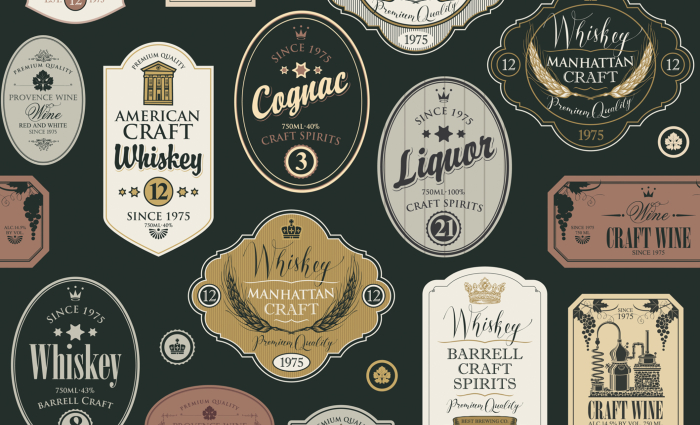The resilience of the label printing market in the face of the overall downturn in commercial print has been quite remarkable.
This has been largely due to the driving factors of growth in packaging, variety of FMCG products, export success for New Zealand and Australian wines, the entry of ‘micro manufacturing’ – craft beers for example and the marketing possibilities offered by digital label production.
As Labelexpo Europe in Brussels showed, labelling has never looked better. HP was the
show’s largest exhibitor, with over 2000 square metres, a telling statistic of where the industry is headed.
Interestingly, both HP and Xeikon launched digital ‘stand-up pouch’ solutions, seen as a high-growth area for the wider web digital presses. With pouches, the label is the pack.
The reliable research group Smithers Pira gauges the global label industry at US$42bn, growing at four to five per cent per annum.
It may be higher since labels can and are produced on wide-format ‘print and cut’ devices and there has been a recent proliferation of bench-top narrow web label printers.
These can find their way ‘in-house’ and are hard to track. In Australia and New Zealand, labelling is at around the $1bn mark and growing. Also, wide format print and cut devices are increasingly printing labels.
I am often asked “Is label production printing or packaging?” My answer is usually: “It’s brand management using printing on packaging.”
This is the label industry’s great strength. It is not tied to print that is replaceable by the internet or screens; brand promise and statutory information must be on the product and its packaging.
Maybe one day we will see thin, inexpensive label ‘screens’ that speak to consumers and show video – AR (augmented reality) labels coded to link to smartphones already exist but for now, flexo, offset, gravure and even screen process, together with digital are the print production technologies of choice. Having said that, last Christmas, Coca-Cola produced a limited edition of labels that ‘lit up’ when touched, using OLED thin film technology.
Presses become hybrid
Since 2017, annual sales of digital label presses have exceeded those of conventional flexographic and offset litho. Digital may be slower but, when coupled with embellishing and converting, the market loves digital and just buys more of them.
Rako Group of Germany, part of the $400m All4Labels Group, installed 11 HP Indigo digital label presses not so long ago – including two of the 760mm wide 20000 models.
They also have three Nilpeter/Screen inkjet digital hybrid lines. On the inkjet side, Screen has seen good success with its Truepress Jet L350 series, with one UK label printer, Springfield of Hull, now running four of them.
Digital removes the need to make plates, and this is not just a time-saver but reduces both material costs and makeready labour. Locally, across ANZ, the big groups of Multicolour, Labelmakers Group, CCL, QLM and Hexagon have all expanded their digital capacities considerably. But how have the conventional label press manufacturers reacted to the digital challenge?
The answer is very well – with hybrid digital/conventional converting presses. The irony is, the digital vendors were dragged into hybrid at an early stage when customers said: “Okay, digital with white ink added is fine, but we want embellishing and converting too – lamination, spot UV, embossing, foils and metallics, and slitting, matrix-stripping and rewinding.”
Now the conventional narrow web manufacturers are incorporating digital units into their converting lines and calling them hybrid presses.
What’s next?
Now that conventional label press manufacturers are ‘best buddies’ with digital, the converting companies are getting in on the act and dropping digital units into their finishing lines.
Then we have the ‘pure digital’ label vendors, led by HP Indigo’s liquid toner but under increasing pressure from inkjet and dry toners from Xeikon, Konica Minolta, Screen, Durst, etc.
Inkjet UV looks like the high volume winning technology long-term as it can add more colours, white ink coatings and can run faster than toner-based electrophotographic systems.
Another trend sure to grow is faster, safer laser die-cutting of labels. This will marry well with digital as lasers can take instructions from digital workflows whereas rotary dies cannot.
It’s an exciting time to be in labels and flexible pouches – managing the rapid changes is what it’s all about.


